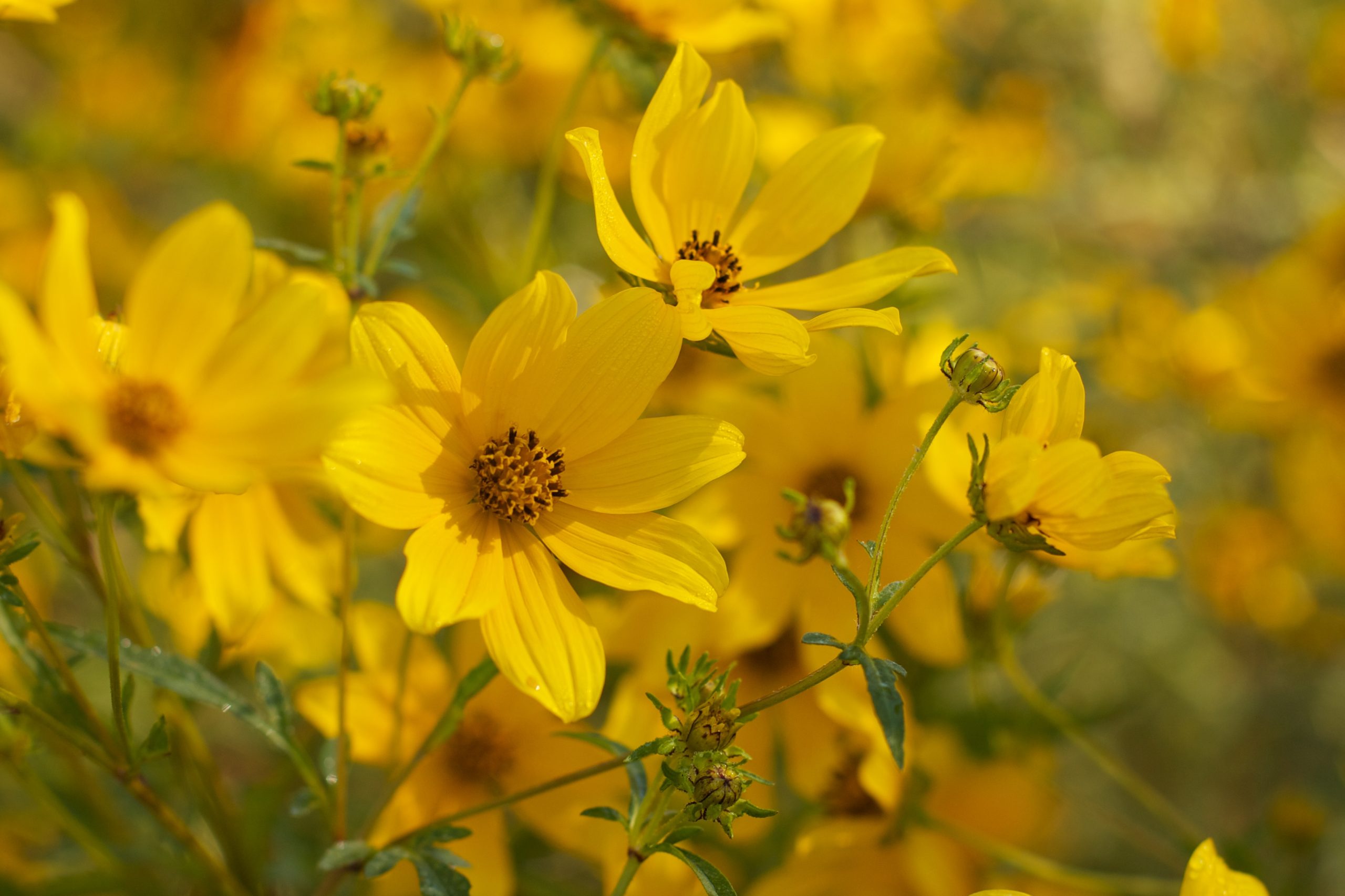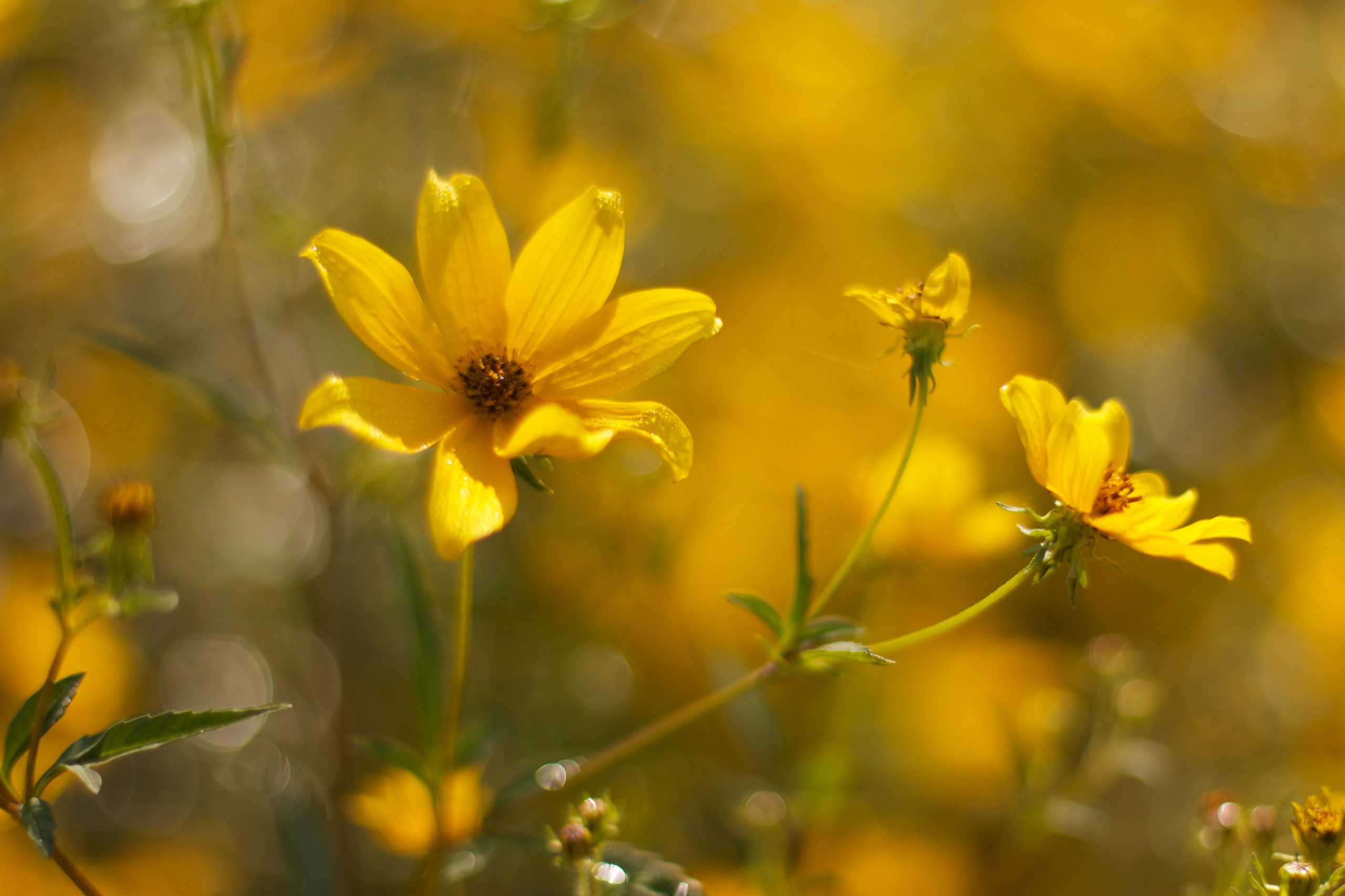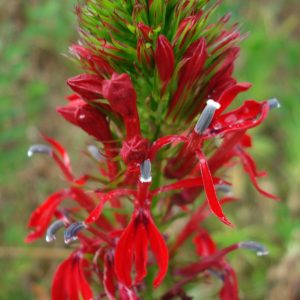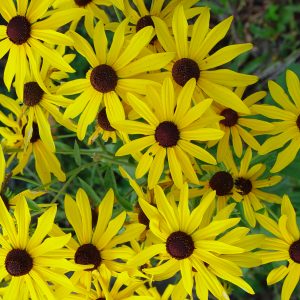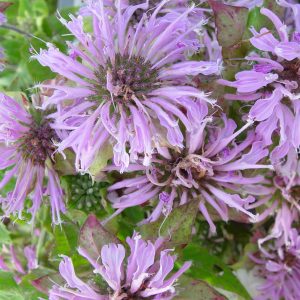Tickseed Sunflower
Bidens aristosa
Flowers as bright as the sun; moist habitats; quail, ducks, and songbirds eat seeds; rabbits eat plants
$3.00 – $37.00
For quantity discount pricing, request a quote.
Description
Bidens aristosa, also commonly called Tickseed Sunflower, is a native annual or biennial forb (wildflower), with a fairly shallow root system. While the flower is yellow and more or less resembles a sunflower, it is not a true sunflower (Helianthus sp.). This plant is often better known by its infamous seeds. The seeds have two barbed prongs that project from one end and attach to animals and people that happened by. The scientific name is reflective of this trait; Bidens refers to the two teeth while aristosa is a Latin word referring to the fact that the awns (projections) are well developed. There are a host of common names for the species, and most of these names refer either to the yellow flowers or the stick-tight quality of the seed. Bearded Beggarticks, Bur Marigold, Yankee Lice, and Swamp Marigold are all commonly used to refer to the species.
Wildlife notes
Seeing that this species is often found in wet areas, the seeds are eaten by ducks. Bob-white quail and various songbirds also make use of the seeds. Rabbits eat the leaves of the plant.
Forage notes
Hmmm…we aren’t sure of this plant’s palatability to livestock. We would guess it to be readily consumed, but have not observed this. When we have better observations, we will update this!
Landscaping notes
The flowers of Tickseed Sunflower are as bright as the sun. They can be a beautiful addition to a wildflower meadow. Being an annual/biennial, it often blooms the first year in a planting; as the perennials in the planting get bigger and more developed with time, Tickseed Sunflower usually fades from the scene. Careful consideration should be given to using this species and/or the locations in which it is planted due to the fact that the seeds stick to clothing.
Restoration notes
This species is commonly found in wetlands and other moist areas. It also shows up on sites that are drier but have been recently disturbed. In plantings it is initially abundant and produces large amounts of seed. With time, it generally becomes much less abundant; however the seeds lie dormant in the soil waiting for a disturbance event to open up an area.
This plant is commonly used in the following mixes: Butterfly & Hummingbird Mix, Wet Meadow Mix
Additional information
| Weight | N/A |
|---|---|
| Unit | Packet, Ounce, Pound |
| Light | Full Sun |
| Seeding Rate | 8 bulk lbs/acre |
| Soils | Dry, Average, Moist |
| Height | 36"-48" |
| Bloom Month | Aug, Sep |
| Color | Yellow |
| Specialty Uses | Wildlife |
| Cattle Palatability | Good |
| # seeds/pkt | 200 |
| Packet coverage area | 5 sq. ft |
